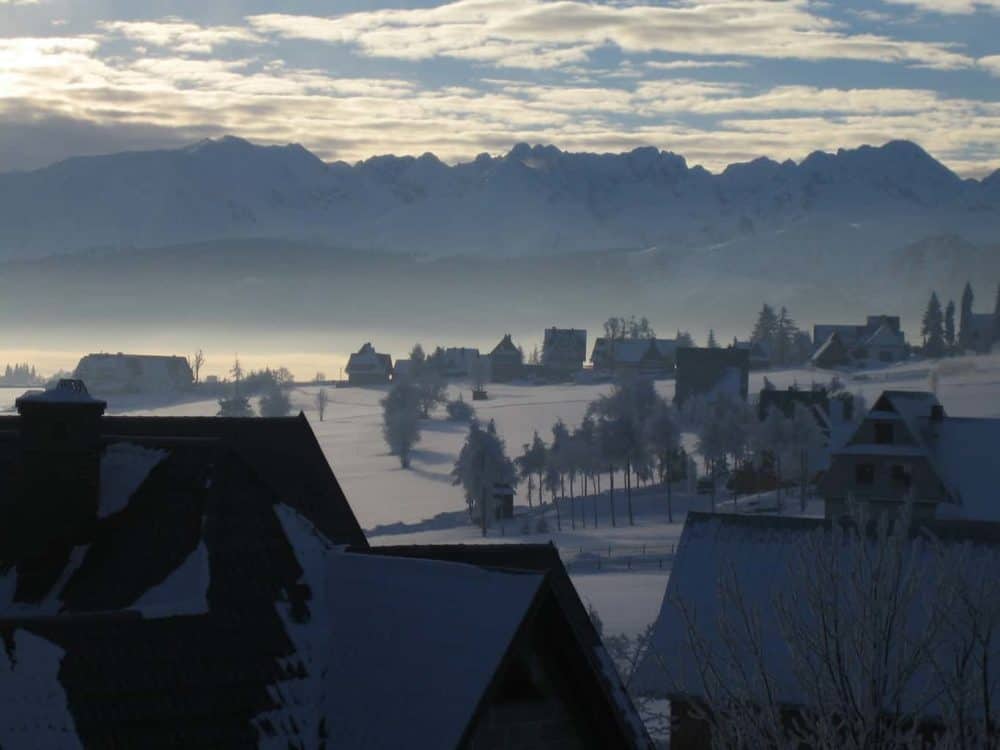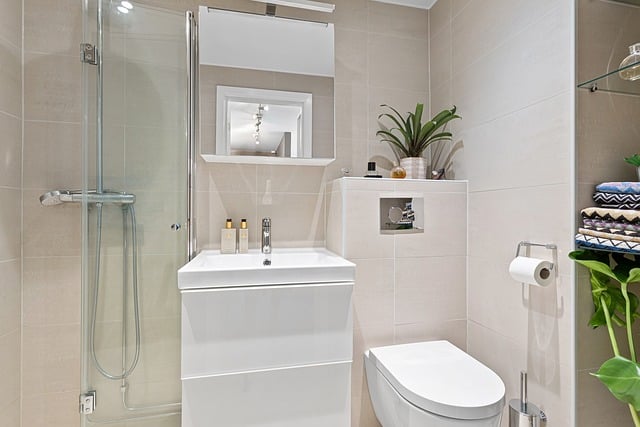
Simple and Practical Ways to ready your home for Winter
Table of Contents
Winter is coming! As the popular TV show suggests, but in real life, it’s only a few weeks away. Fortunately, that’s still enough time to ready your home for winter by clearing the gutters and insulating the pipes. In this article, we go into the best ways to protect your home against the frost and save money with efficient energy plans.

Clear Your Drains and Gutters
Throughout the year, drains and gutters become clogged up with mud and leaves. Especially the time shortly after autumn when most of the leaves have fallen. The trouble is it’s not always easy to know if your drains and gutters are clogged, you just have to clear them regularly, which means about four times a year if you’re really on top of it.
It is worth staying on top of it too. You could think of drain and gutter clearance as one of those necessary but unappealing tasks like taking out the garbage, cleaning the mould into the bathroom, or cutting the hedge. Without proper attention, these blockages will cause a build-up of water on the roof through winter, which can seep into your external walls, causing all sorts of damage.
If you haven’t cleared your drains and gutters for a while then you’re in luck – now is the perfect time of year to sort it out. The weather is mostly dry, and the leaves have mostly fallen. You can call a professional or do it yourself with a bucket, a ladder, and some gardening gloves.
Check Your Boiler
Clearing your drains and gutters will prevent water from collecting on the roof and freezing, and from seeping into your walls when it thaws causing untold damage. But there’s another, more essential household feature you need to be super aware of going into winter – that’s the boiler!
The boiler is another household feature that is often forgotten about until it breaks or malfunctions. As long as the heating and hot water are on, there’s no need to look in that upstairs cupboard. But regular maintenance of the boiler is required if you want to prevent the inevitable from happening. The inevitable is a situation where you suddenly have no hot water or heating in the dead of winter; you will have no option but to call out an expensive heating engineer.
Even if you do check your boiler regularly, it’s a good idea to check it again before the winter sets in or to call out a service engineer. If your boiler is old, you might want to think about some insurance for the season to ensure you have cover when needed and that you aren’t without heating for long.
Insulate Your Home

Insulation is one of the best ways to trap the warmth in the rooms you use most often and reduce your annual energy bills in the process. Insulation can take different forms. You can have cavity-wall insulation, loose-fill insulation, double or triple glazed windows, as well as an assortment of insulation options within your rooms.
Since around a quarter of heat is lost through your roof, it makes sense to focus on that first. Use cavity-wall or loose-fill in the loft to trap the heat in your home. Cavity-wall is the most efficient, but loose-fill also works well if you’re on a budget. If you come across any unexpected intruders, use a pest control service. You can also use this type of insulation in the walls and in garages.
External walls are responsible for a lot of heat loss, but so are internal walls, chimneys, doors, and windows. In the rooms where you spend the most time install double or triple glazing if you can. If that’s too expensive, a good alternative is heavy curtains; they also work well. If you have a chimney make sure it is plugged and that the doors have draft excluders at the bottom. These measures add up to more heat and less cost.
Homeowners looking to reduce their energy costs should think about converting the conservatory roof into a living space. The conversion isn’t difficult and it can help you save up to 30% of your heating and cooling costs.
A conservatory is a great feature for any home, but in the winter months, they can be quite an energy hog. Not only does it require more heat to keep warm, but also high levels of insulation and heating bills. Roof conversions make your conservatory more efficient and therefore cheaper to run during the cold winter months.
Protect Your Pipes
In winter, when the temperature drops, your water pipes may be in danger. Depending on how cold it gets the water in them may freeze. When water freezes, it expands, and in some cases, it can burst the pipes. Burst pipes can cause leaks and property stage when the thaw sets in. Thankfully it isn’t hard to guard against this possibility with some cheap DIY solutions.
Go to your local hardware store and ask them for pipe insulation, sometimes called ‘lagging.’ It looks like foam tubing. But enough of it to cover all your outdoor pipes and indoor ones in cold locations such as the garage and kitchen cupboards. The insulation is very easy to work with. Use a Stanley knife to cut slips in the foam and wrap them around the pipes. Tie the foam together with toe wraps and securely fasten them.
Now is a great time to insulate your pipes and prepare your house for colder temperatures. You still have some light in the evening to help you work, and there’s enough time to cover the whole house before winter sets in. Don’t delay with this simple but effective winter practice.
Change Your Energy Plan
Changing your energy plan is a good idea! Energy companies no longer reward loyalty; instead, they give the best offers to new customers, so it makes more sense to hop around rather than to stick with the same company you’ve used for years. If you have been with the same company for a while, it’s definitely time for a bit of research.
In the winter you want to try to be as efficient as possible. That means trapping the heat you generate and using less of it, which further reduces your energy costs. You can trap this heat using the insulation methods outlined above, and by minimising the rooms, you use in the house during the winter period. For instance, switch off the radiators in the rooms you aren’t using and trap the heat in the ones you are.
To switch your energy supplier, contact them around now, before the busy winter months. Ask to discuss your plan and check you’re on the cheapest tariff for your usage. But don’t stop there. Also, use comparison websites to cross-check the market and ensure you are getting the best value for your money.




